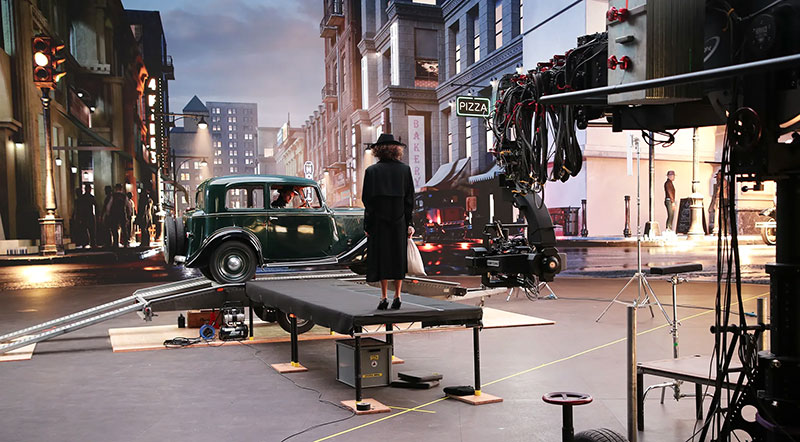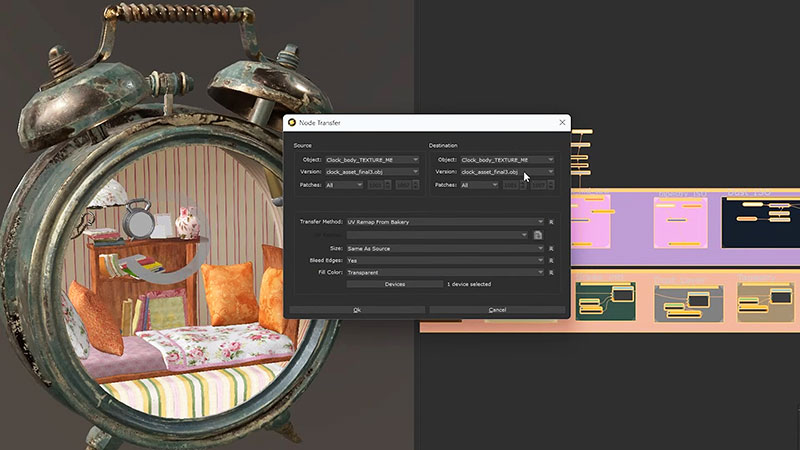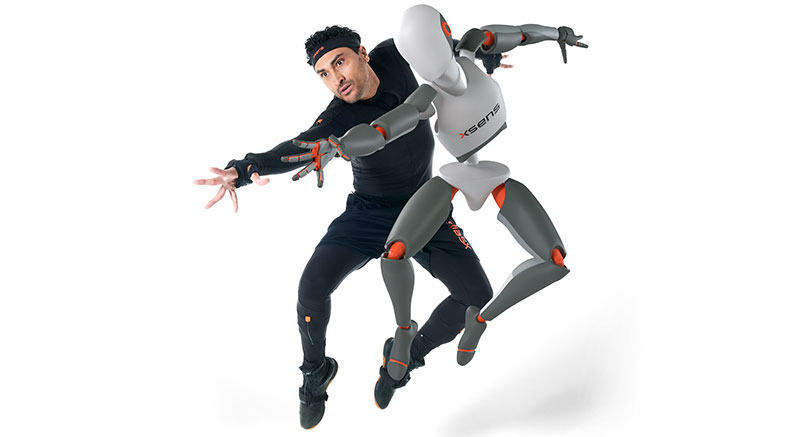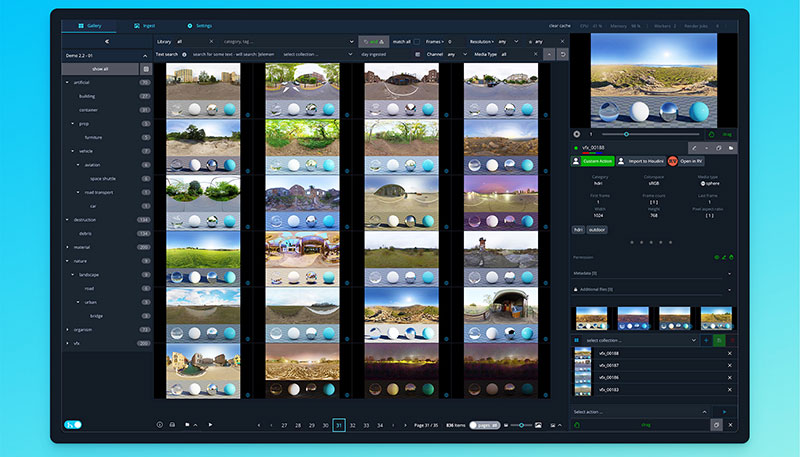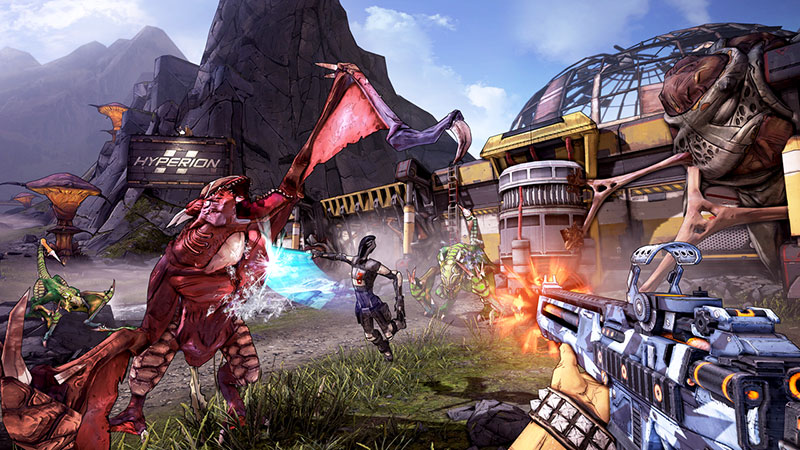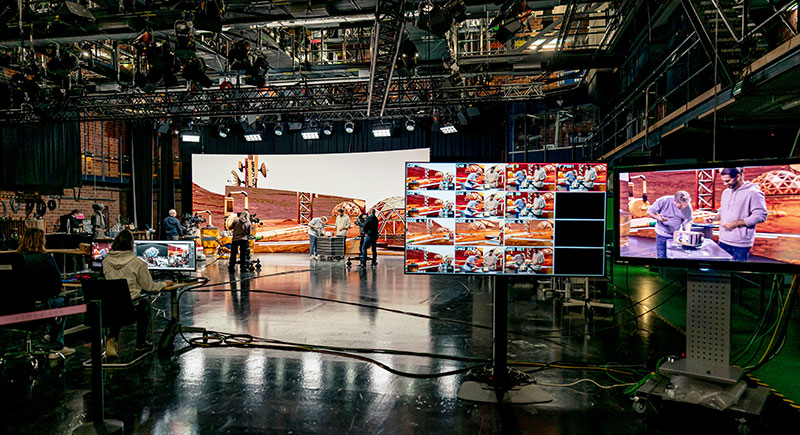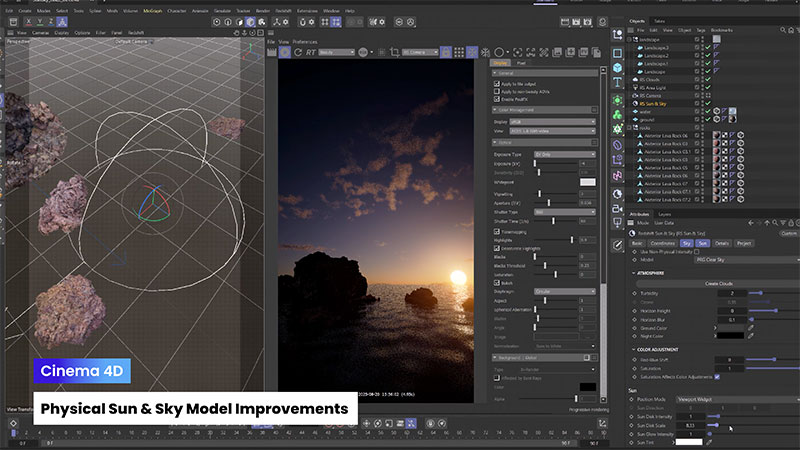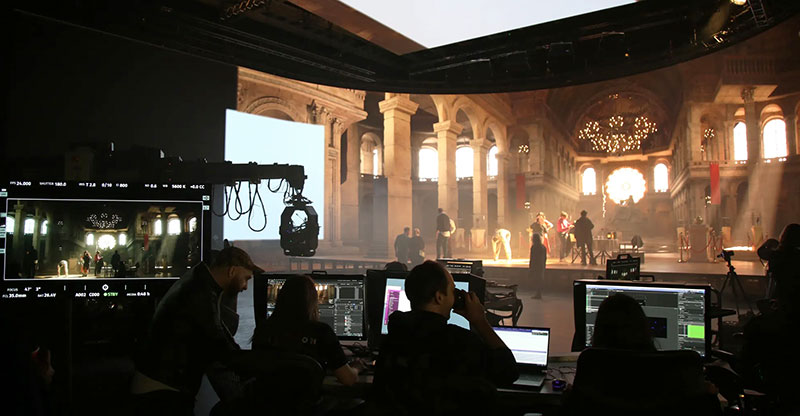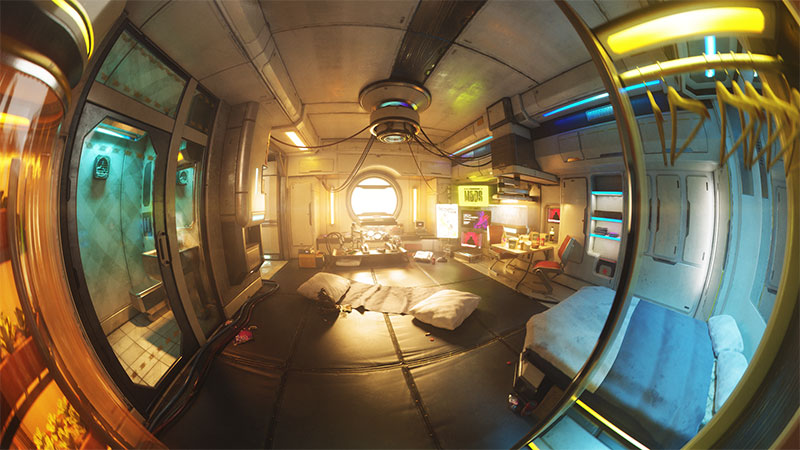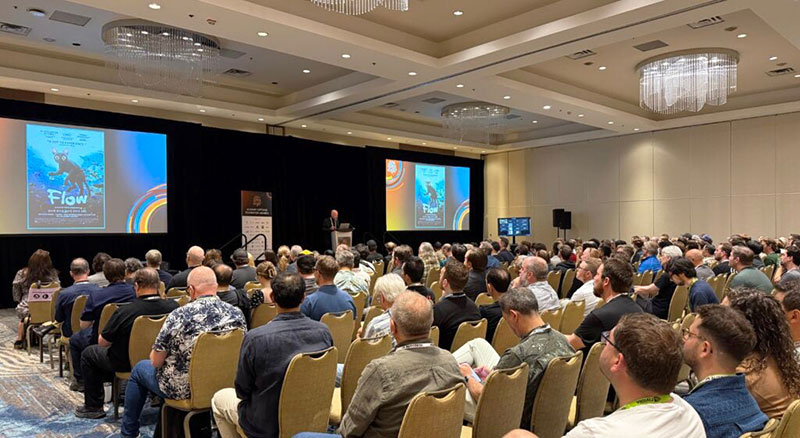Autodesk’s Media & Entertainment 2026 updates incorporate Golaem crowd tools, integrate AI and improve Flow-connected workflows for modelling, animation, FX and OpenUSD.

Autodesk’s Media & Entertainment 2026 software release integrates Autodesk AI, improves Flow-connected workflows and makes crowd tools more accessible.
After acquiring Golaem’s IP in August 2024, Autodesk has added the Golaem for Maya plug-in to the Media & Entertainment Collection to simplify the process of creating large-scale crowds of animated characters to fill 3D scenes. Golaem can be used to produce cheering fans inside a stadium, for example, or soldiers on a battlefield.
When using Golaem’s Layout tool, artists can adjust and customize characters directly in the Maya viewport without altering simulations. It includes a built-in procedural animation engine that helps when controlling multiple characters at once. Once the simulation is set up in Maya, it can be transferred to 3ds Max, Houdini, Unreal or Katana using Golaem’s dedicated plug-ins.
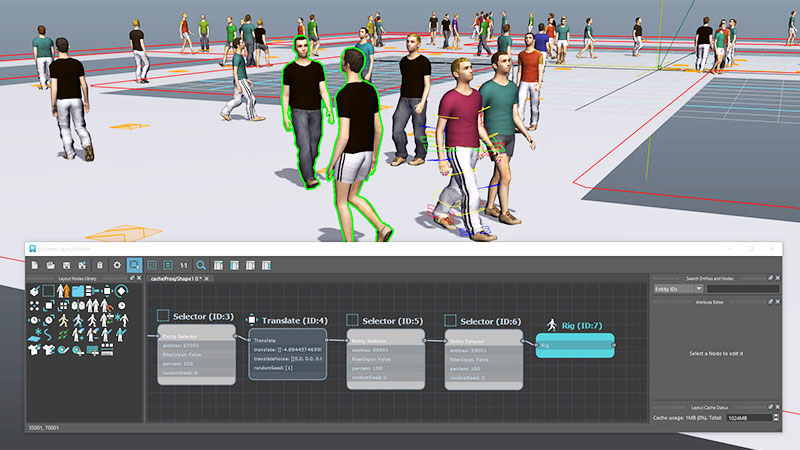
Golaem for Maya supports the major industry formats including OpenUSD to make it easier to work across different tools, in particular the other applications in the Media & Entertainment Collection – MotionBuilder, Mudbox and 15 Bifrost simulation nodes as well as Maya, 3ds Max and Arnold. The Collection allows users to run Arnold on up to five machines, which is useful for rendering crowds cost-efficiently and at speed.
AI Tools in Interactive Workflows
The purpose of Autodesk’s AI engine is to help artists produce animation more interactively and efficiently. The Machine Learning Deformer in Maya, for instance, runs on Autodesk AI and accelerates interactivity when working with complex characters. The latest update improves the ML Deformer for animators and layout artists, focusing on speed, quality and ease of use. According to Autodesk, load times are now 40 times faster and disk space usage has been reduced by 80%.
Flow Animating in Context
When animators are assigned tasks with little to no scene context – isolated shots without indications of what comes before or after – it becomes challenging to create performances that fit the narrative. Autodesk’s efforts to ameliorate this situation and help animators craft more relevant performances include Flow Animating in Context.
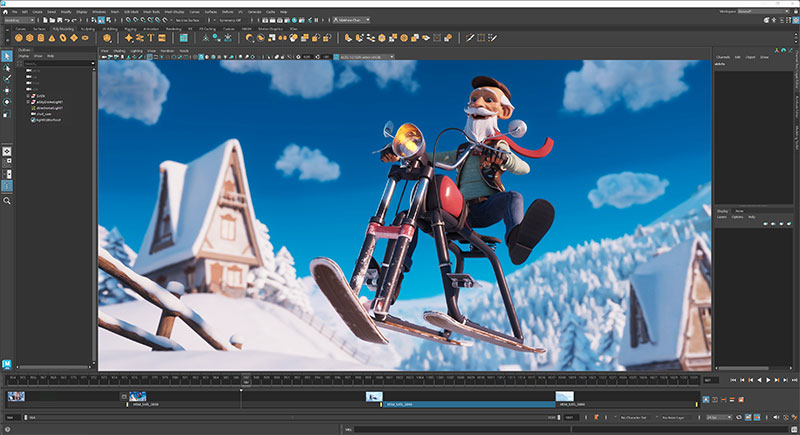
Flow Animating in Context
This functionality integrates surrounding shots from Flow Production Tracking (previously called ShotGrid) directly into Maya’s timeline. Animators and layout artists can scrub between their work and the surrounding shots for a better understanding of how to preserve continuity into and out of the cut.
Flow Animating in Context also allows the user to switch between different pipeline steps, from layout to FX, to better define the part of the cut that needs to be focussed on and, ultimately, speed up production.
Modelling, FX and OpenUSD
Animators and artists need fast, agreeable tools to use every day. The new releases of Maya and 3ds Max include upgrades and fixes that are designed for a creative flow, with as few disruptions as possible.
In modelling, the Volume Booleans tool is now available in Maya and 3ds Max, creating a more unified Boolean engine between the two tools. The Boolean tool subtracts or adds pairs of meshes, to quickly add detail and displacement effects to a mesh. Objects are first converted into volumes, where the Boolean operation is calculated, and the Boolean result is then converted back to meshed polygons.
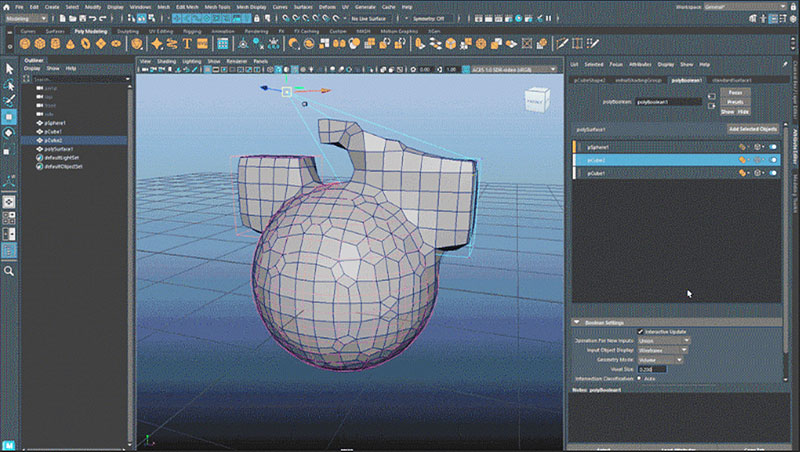
Volume Booleans for 3ds Max and Maya.
A new meshing mode added to Maya's Boolean node allows the results to be computed through volumetric meshing. This Volume mode produces a unified mesh quickly, creating new shapes and forms to use in workflows. For example, you can combine shapes that have been blocked in as primitives to create organic models like creatures and characters.
The Volume mode also keeps the original shapes and forms accessible and adjustable, so that you can fine tune the results. You can use the output mesh with other tools within Maya, such as the retopology and sculpting tools, to further refine it.
Bifrost now includes the ability to simulate liquids directly in the Bifrost graph and is useful for large-scale, non-viscous fluids. It has a new FLIP solver for liquids that features adaptive resolution for efficienct computation and better velocity estimation.
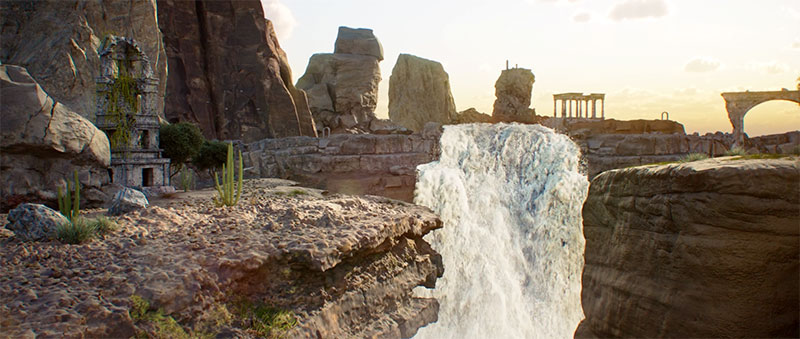
Users can simulate liquids directly in the Bifrost graph, using a new FLIP solver.
A FLIP solver is a hybrid between a particle- and a volume-based fluid simulation. By storing fluid data in the particles, only particles need to persist from frame to frame, which means the FLIP solver can prevent unwanted mixing or loss of fluid. Particle-based foam simulations can be used for fast-moving liquid and emit coloured liquid based on source properties like colour sets. Users can then refine the complete simulation further using influences and other nodes available in the graph. The results can be cached.
Improvements in both Maya and 3ds Max OpenUSD add support for axis and scale adjustments in Maya and recently, an Attribute Editor in 3ds Max. Light Linking is also now available in both applications, increasing users’ control over rendering. Specifically, lights can be linked to geometry, in order to control which geometry a light illuminates, and which geometry casts shadows from the light.
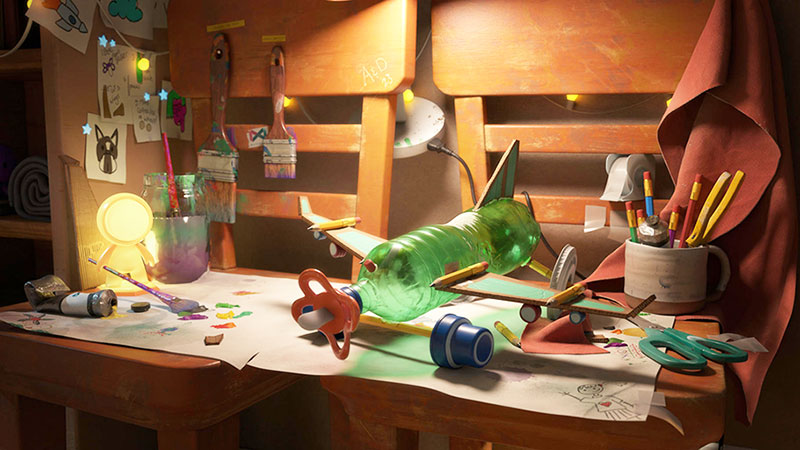
Maya and 3ds Max now use OpenPBR as their default shader.
OpenPBR is now the default shading option in both Maya and 3ds Max. Its controls are capable of accurately modelling most CG materials, and are compatible with MaterialX and OpenUSD. Its physically-based digital material model works well and looks plausible for most scenarios, and also serves as a common interface between products. Improvements include a new sheen/fuzz model and better use of parameters in metal reflectivity. www.autodesk.com


